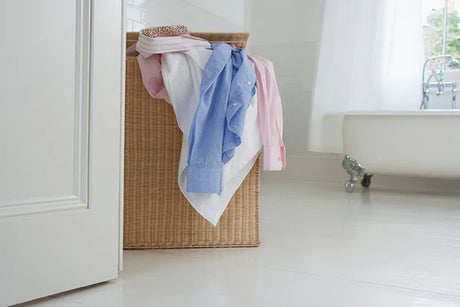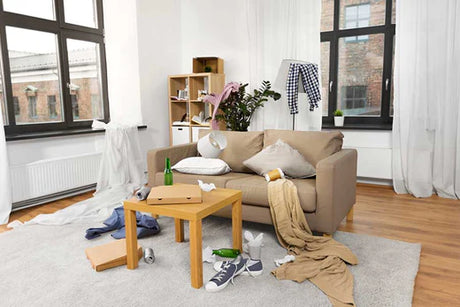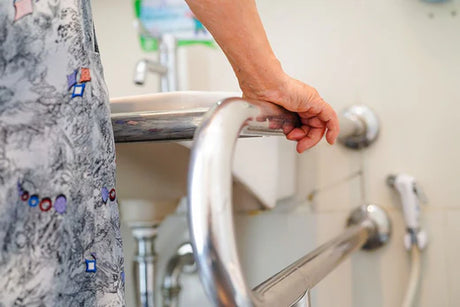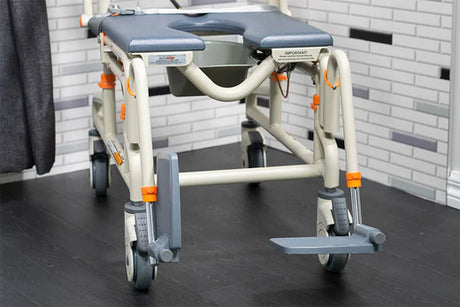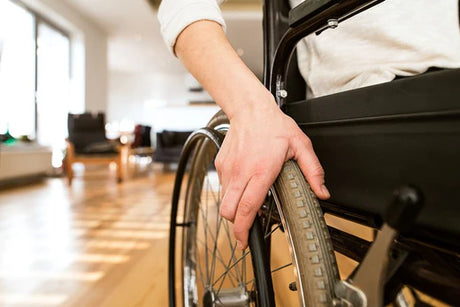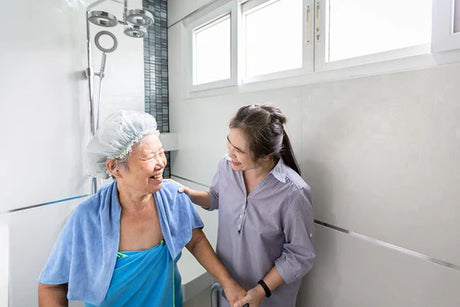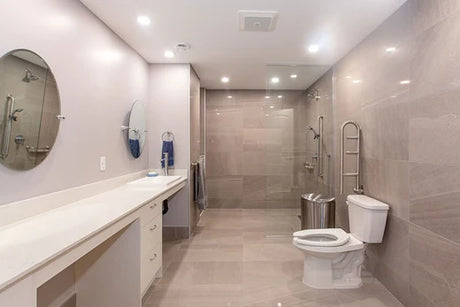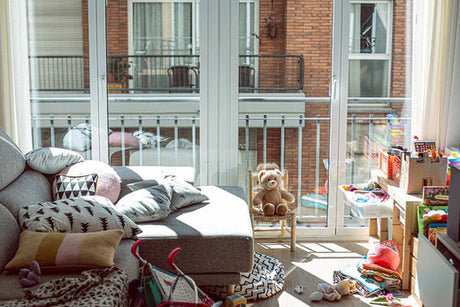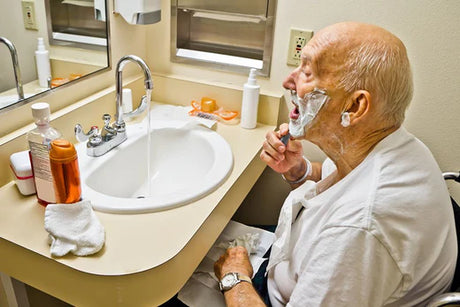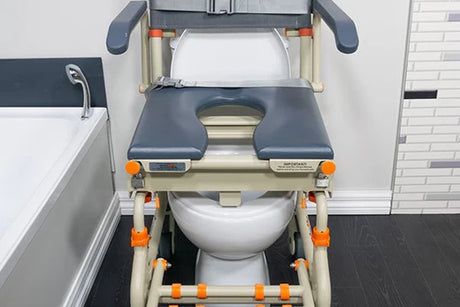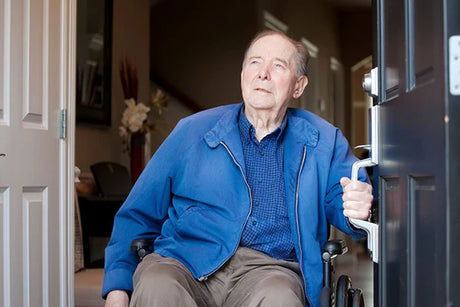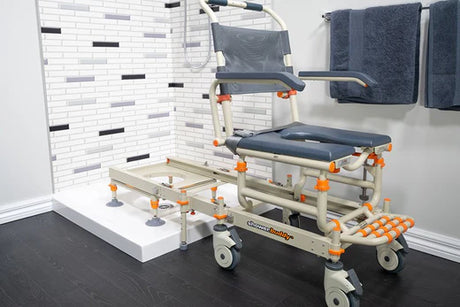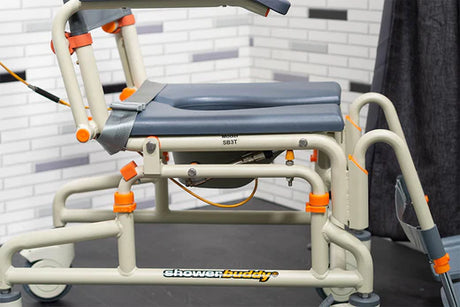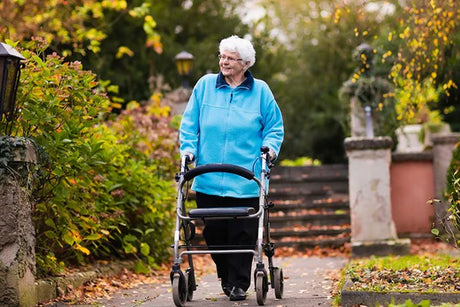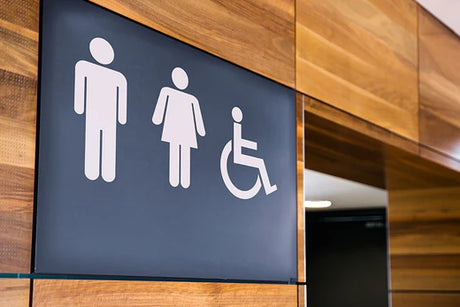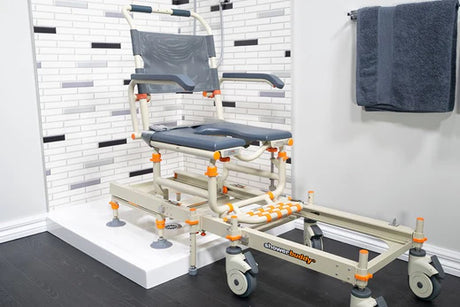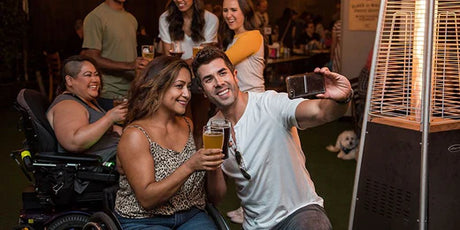While there are hundreds of changes and adjustments in the life of someone who has lost mobility due to a condition or injury, one of the most difficult adjustments can be when assistance is needed to use the shower, bath or toilet safely. If you’re a family member, carer or the individual going through mobility challenges yourself, it’s important to both recognise and actively manage these anxieties. In this article we explore some of the common worries our mobility impaired community have around bathroom use, and ways these can be managed to retain the safety and dignity of the individual as much as possible.
Working through the loss of privacy
The important thing for family and the individual to remember is that being unable to conduct all bathroom activities alone doesn’t totally negate the potential for some privacy. For example, many households will support a loved one to get onto the toilet and off it again, but can leave their loved one alone during the time in between. The same may go for bathing, provided the individual has a safe degree of upper body control to bathe themselves in a seated position.
Concern around increased hazards and accident risks
This is one of the greatest features of the Showerbuddy systems. No matter the configuration of the bathroom, the heavy, uneven bodyweight lifting is removed completely.
Lack of control over a personal activity
Beyond the privacy and accident concerns, sits a more fundamental anxiety that mobility impaired individuals will often experience – that is having a say over what they do in the bathroom – and in what order. This is why good OTs will ensure the individual is involved in their own bathroom care plans. It’s then on the carer or family member to encourage open discussion between them and the individual to make sure their requests are listened to. The more control and direction we can support our mobility impaired loved ones the better.
There’s plenty of activities in the bathroom that present opportunities for the individual to make their own decisions:
- Whether they want to use a showerhead to bathe themselves (depending on their level of capability here).
- Whether to use the toilet before bathing
- Whether they want to brush their teeth now or later
- Do they want to use a shower seat or lay down in the tub?
- Do they want to be left alone on the toilet (securely seated) for a period of time
- Letting them determine when to finish bathing.
- Providing them with a towel to dry off themselves as much as possible.
Hygiene worries
With less control and strength over our bodies, there can be some concern around how to stay clean and hygienic. It’s important that carers and family members provide all the tools and support needed to retain this dignity. The use of the toilet is perhaps the biggest factor here. Here are some ways to preserve dignity and hygiene:
- Ensure the toilet is equipped with supports to accommodate a mobility impaired user (such as a Showerbuddy solution).
- Ensure there’s a plan and items packed for trips away from the home that helps toileting be completed as easily and cleanly as possible.
- Be proactive around toilet use at certain times of the day to reduce the chance of accidents or near misses.
- Have an agreed approach to cleanup – who is responsible for what part of the process.
- Keep the home bathroom well sanitised – including mopped, dry floors and other surfaces wiped clean.
Reluctant to ask for help or rely on someone else
Asking for help isn’t natural for many of us. For matters as personal as using the bathroom it can be even more of a mental obstacle for a mobility impaired person to get past. This reluctance can come from concern over one’s privacy, dignity or even not wanting to ‘bother’ another person.
This is why it’s crucial to include the individual in their own care plan with an occupational therapist. Also involved should be the family and a professional carer if appropriate. When all parties are on the same page and have agreed to responsibilities, it can help remove some of this concern. Of course, every situation is different and even with a well-laid out plan, it can be a big adjustment period to comfortably rely on others to use the bathroom.
As family members and carers, we can do our bit by encouraging our loved ones to ask for help, and to notice the signs proactively when we need to offer some assistance. This needs to be balanced with a need to maintain the individual’s own sense of autonomy – help should be offered, not forced when it’s not wanted or needed.
Getting into and out of the bathroom
Consider clearing the access throughout the house so the mobility impaired individual can be manoeuvred swiftly and safely to the bathroom.
The Showerbuddy range of chairs makes this process even easier with a rolling base that allows the user to be placed in it before even entering the bathroom. Together with a built in commode bucket for use when a toilet simply isn’t close enough, accidents can be greatly reduced.
Learn more about Showerbuddy
Showerbuddy provides a range of transfer systems that fit most bathrooms around the world. Our system allows comfortable, sturdy movement around the bathroom to conduct your daily routine. Thanks to the smart design, users are afforded more independence and dignity in the bathroom. You can learn more about Showerbuddy or, get in touch with our team to arrange a demo with your nearest distributor.






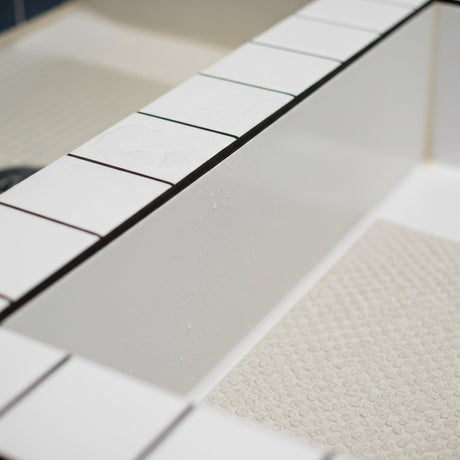

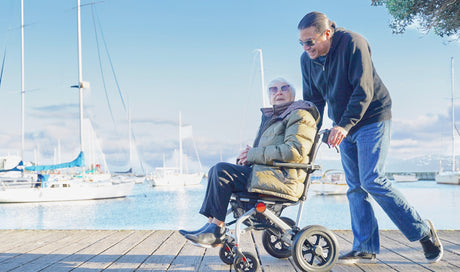
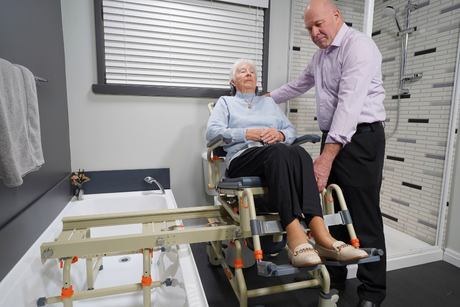
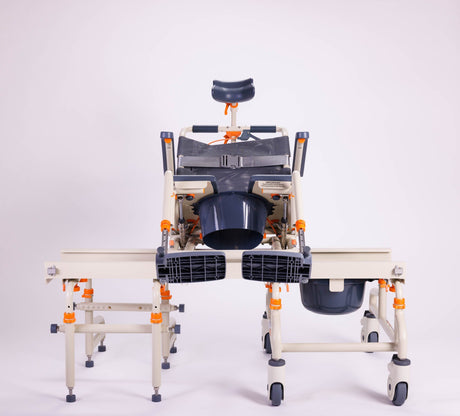
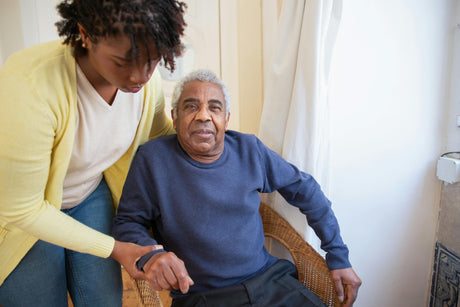
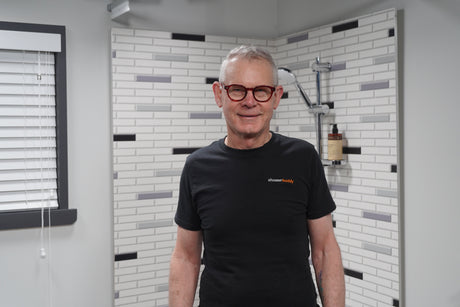
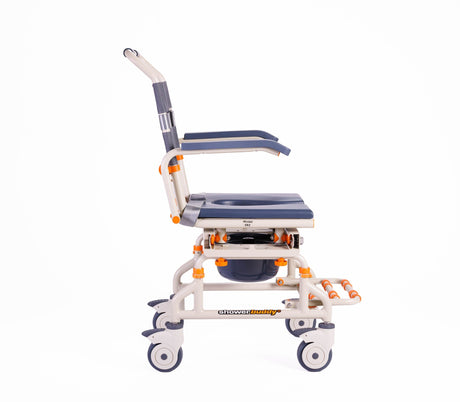
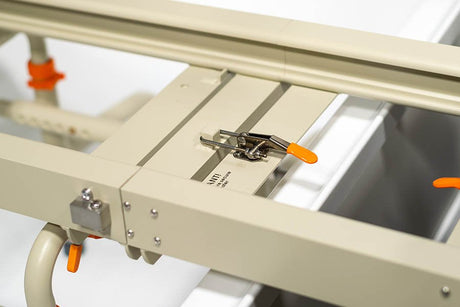

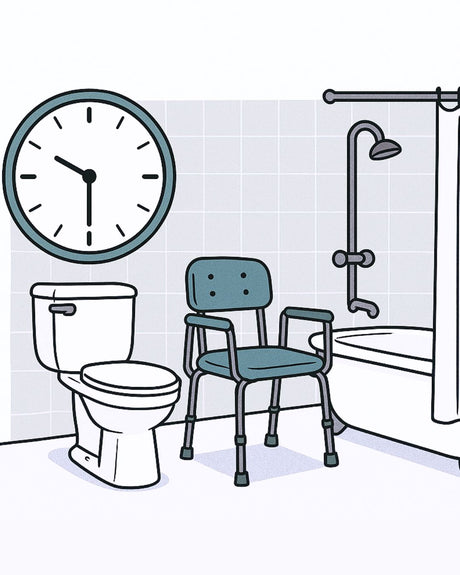
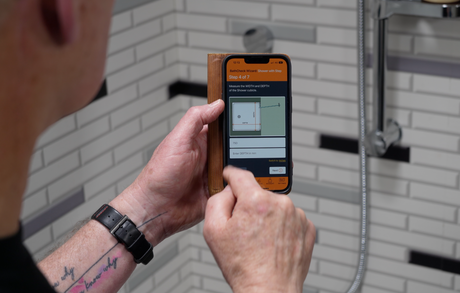
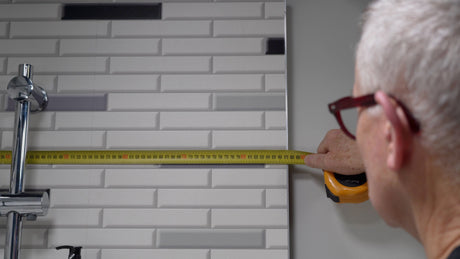

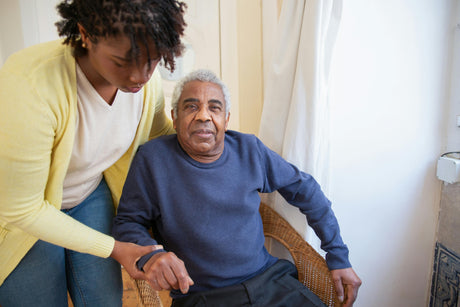

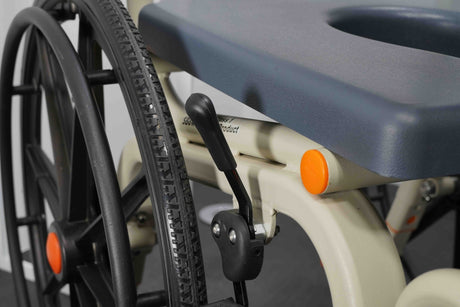


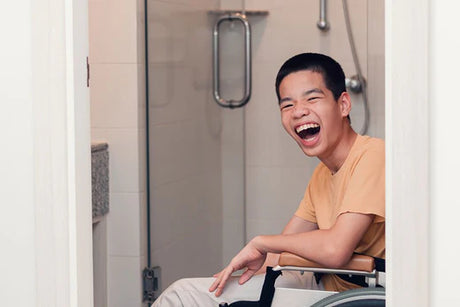
![Toilet Training A Young Child With Mobility Challenges [And How A Shower Chair Can Help]](http://shower-buddy.com/cdn/shop/articles/toilet-training-disabled-child_520x500_a90e5234-d372-435d-aa56-8da15dd3836c.webp?v=1722557239&width=460)

